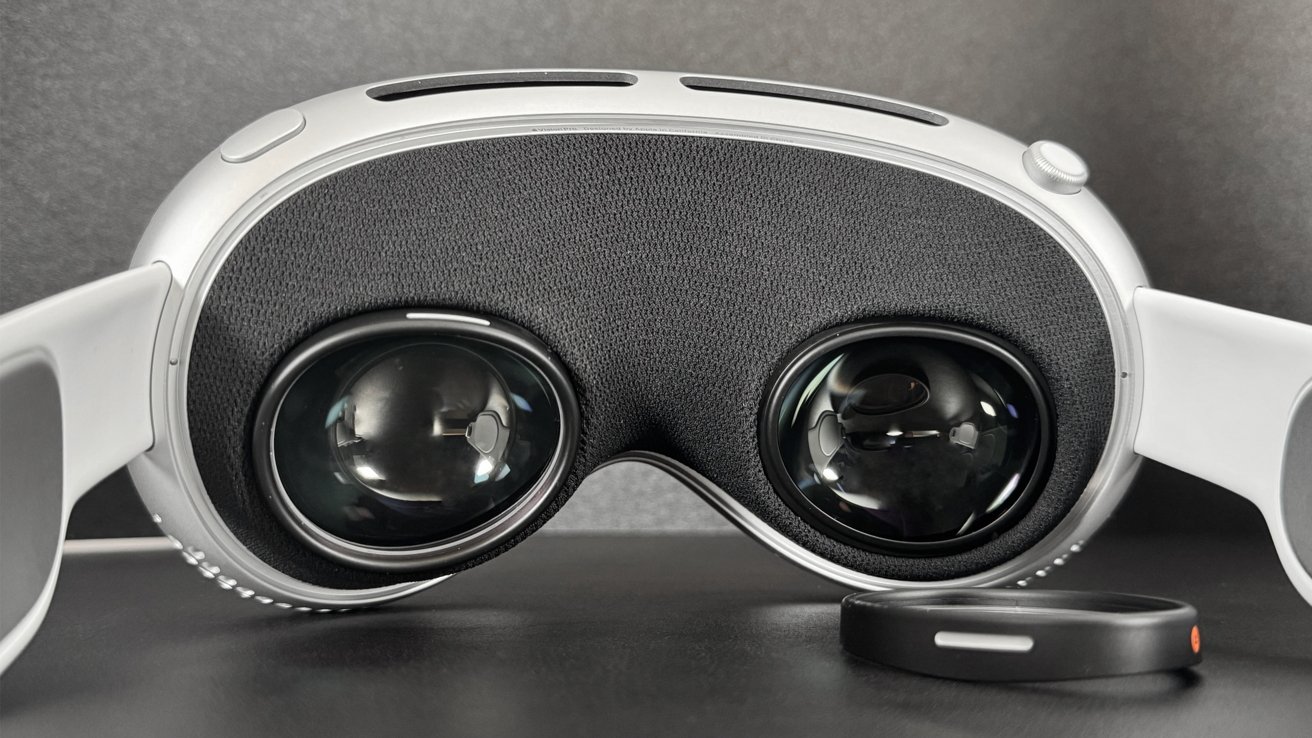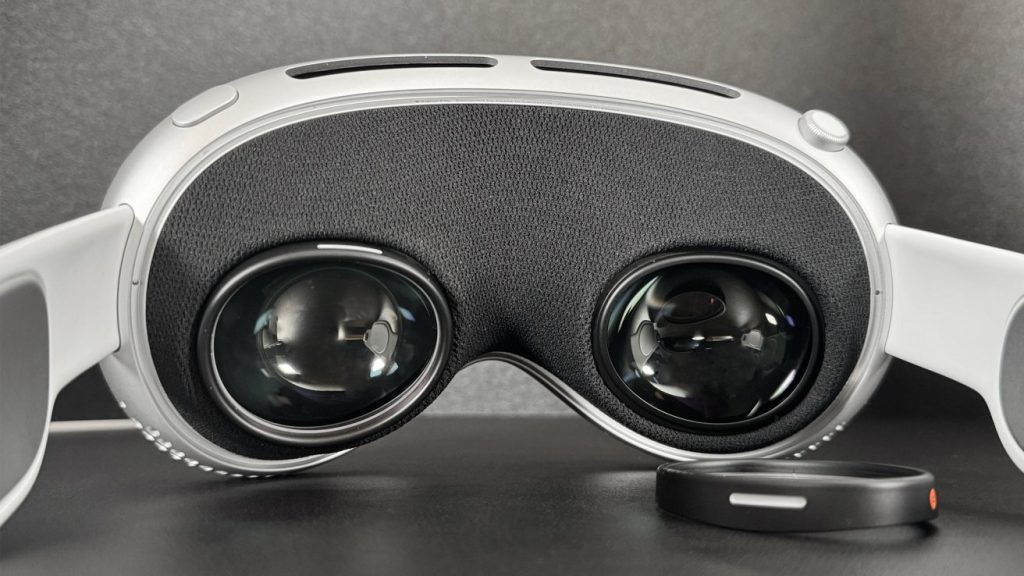Apple Vision Pro gains more viewable media types

The new Apple Projected Media Profile expands what video formats work with visionOS, increasing the content library and making inbound headset releases more attractive to consumers.
One of the features of Apple Vision Pro is the ability to enjoy content that you wouldn’t necessarily be able to view on a normal screen. For the headset, this has so far included 2D and 3D content, Spatial footage, and Apple Immersive Video, but Apple is making more video formats available for people to use.
Announced during the WWDC 25 Platforms State of the Union, the changes to visionOS 26 include a new addition called the Apple Projected Media Profile (APMP). With APMP, visionOS now supports content produced in 180-degree, 360-degree, and wide field-of-view formats.
The addition of APMP and its expanded support for different content types means more video could be captured and played through visionOS. This includes media created by major third-party camera makers, including Canon, GoPro, and Insta360.
APMP is a metadata-based process, which automatically generates metadata for specific cameras, handling the undistorting of fisheye lens footage. This can then be processed properly for media playback to the user.
Apple says that APMP content can also be embedded in a website or played back in an app, opening it up for use by streaming services.
More content to view
The introduction of APMP has a fairly simple aim of increasing the amount of stuff that owners of the Apple Vision Pro and future Apple headsets can watch.
By increasing the different formats it can handle, including some that can be captured with consumer-grade hardware, Apple widens the potential pool of content. And not just for newly-produced content either.
There are many videos already in existence that are in formats such as 180-degree and 360-degree video. As an example, YouTube has been hosting 360-degree video for years, but not in a format that meets Apple Immersive Video specifications.
By taking this approach, it’s possible for that existing footage to be made to work properly with the Apple Vision Pro and future headset releases within the Apple ecosystem.
By adopting APMP, owners of content have a way to expand into the Apple pipeline, using existing footage and without needing to meet the standards of Apple Immersive Video. In exchange, Apple gets an influx of content that makes the next headset more attractive to consumers, simply because there’s more stuff to enjoy.


